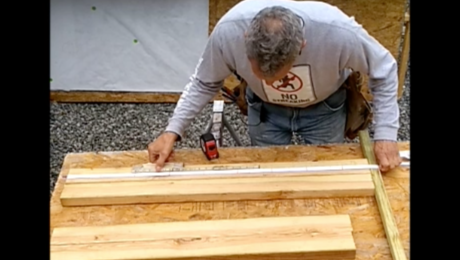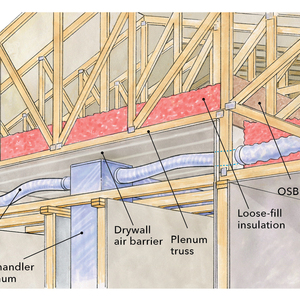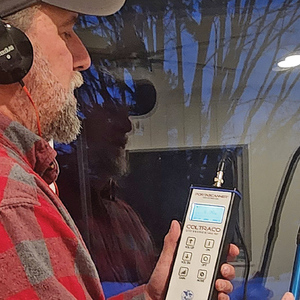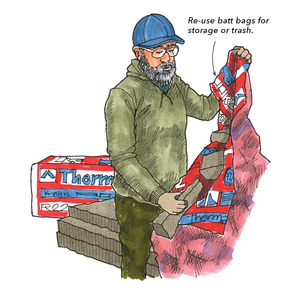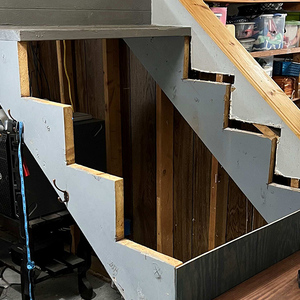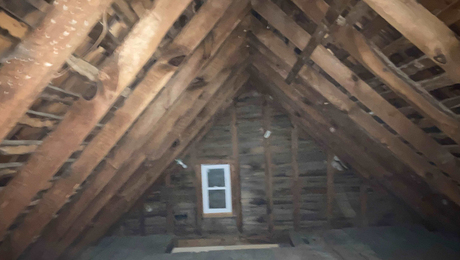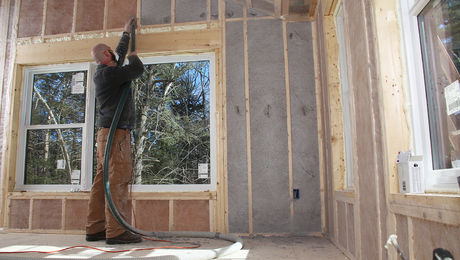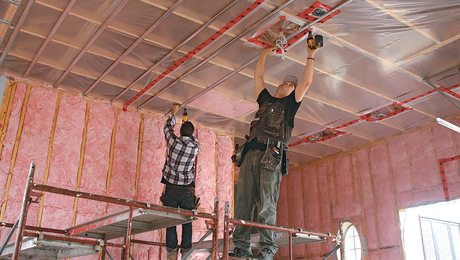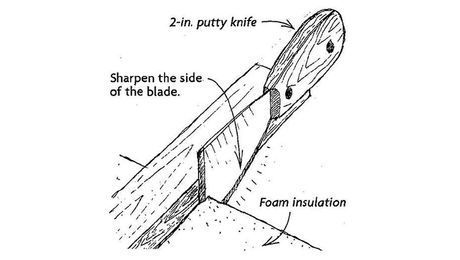Strategies for Making an Old House Airtight
There are lots of ways to minimize air leakage and improve energy efficiency, even in an older home.
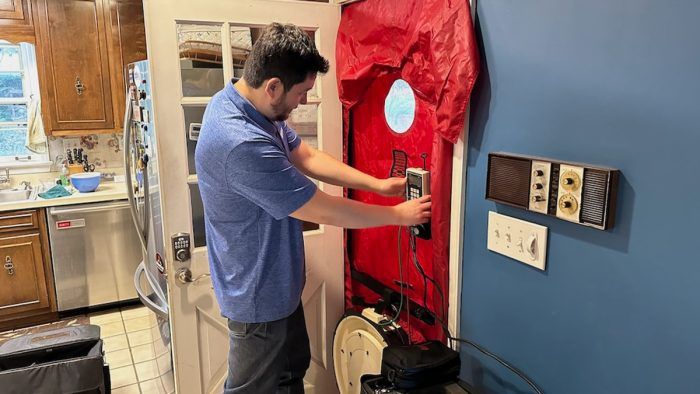
One of the best things you can do to improve your home is to reduce air leaks. Yeah, it’s good for energy efficiency, but that shouldn’t be your main motivation. Air-sealing good for indoor air quality. A good air barrier keeps those pollutants from your garage, crawlspace, basement, or attic out of the air you breathe. It’s good for comfort.
It eliminates the drafts and makes it easier for your heating and cooling system to do its job. And, it’s good for noise reduction. But how do you make an older house airtight? I’ve got a sampling of results from homes I worked on earlier in my building science career, plus a history of the airtightness in my current home.
The Difficulties of Air Sealing an Old House
In my home performance contracting days, I did a lot of blower door tests both before and after air-sealing. For a couple of those years, I also did the air-sealing work. The good news is that you can make significant improvement in older houses. Here are a few of the results I got from making homes more airtight:
That fourth one had the highest air leakage I’ve ever measured: ~13,000 cubic feet per minute at 50 Pascals (cfm50). I measured that with a single blower door, so I couldn’t get the full 50 Pascals of pressure difference. I was able to get only a measly 15 Pascals, so the 13,000 cfm50 is extrapolated using what’s called a Can’t Reach Fifty (CRF) factor.
One of the easiest houses to reduce the air leakage in was the last one I worked on. That’s it in the photo above. Those two crawlspace vents, though, aren’t there to ventilate a crawlspace. They’re actually two big air leaks. On the other side of that wall is a finished basement. But no one knew they were air leaks because they were above the dropped ceiling. This being a relatively small house, sealing those two leaks alone probably got at least 15 of the 40 percent improvement.
Another fun one that made a big improvement was the refrigerator vent I discovered while crawling through an attic. The photo above shows only about half of that hole. The other half was on the other side of the joist. Sealing that one hole up reduced the air leakage by about 10 percent.
So, yeah, it’s certainly possible to make old homes more airtight. But going beyond about 25 percent takes luck, persistence, or making some big changes to the building enclosure. (Think: gutting a house to the studs.) It also takes skill because you have to understand air leakage and the air barrier.
Air Barrier Improvements in My Home
I’ve lived at my house since 2019. Shortly, I’ll show you the results of the blower door tests done on the house since 2012, but first let’s talk about what has happened to the house to improve airtightness. Here’s a table showing how things have changed from 2012 to present:
The previous owner (my father-in-law) had the attic encapsulated with spray foam in 2012. It was a pretty bad job, though, as you can see in the photo below. They didn’t use enough spray foam so it didn’t have nearly the insulation it needed. But it also was quite leaky, as you’ll see in the test results.
Getting the crawlspace encapsulated was the second improvement made. That must have helped reduce air leakage some, although I don’t have any blower door test results to show the change. After we bought the house, I had Woodman Insulation come in to install a lot more insulation. They did a great job adding thermal resistance and improving airtightness.
Shortly afterward, we had our soffits and fascias replaced, which led to an important discovery. A lot of the rafter cavities at the eaves didn’t have much (or any) foam in them, as you can see in the photo below. This meant a poor job of insulating and air sealing at the eaves. Read the full article I wrote about that and the followup article on how I fixed it.
And finally, we started remodeling our basement in February 2024. We’ve done several things that have improved the airtightness, but one of the biggest holes I sealed was just like one I mentioned above. I knew we had three crawlspace vents in the basement, but one of them was hidden until after demolition. Here’s what it looked like and how I fixed it:
|
|
All these things have made a huge difference in our home’s airtightness.
How Much Did It Help?
The graph below shows how our blower door tests have improved. The columns show the test results before factoring in the size of the house. They’re measured in cfm50, shown on the left vertical axis. The line shows the results normalized to the volume of the house, measured in air changes per hour at 50 Pascals (ACH50) and shown on the right vertical axis.
From the first test done before any airtightness improvements to the latest one with the basement partially done, we’ve improved 48 percent in the cfm50 result. The normalized air changes per hour result improved more. Do you know why?
The reason the ACH50 improved more is that encapsulating the attic added volume to the house inside the building enclosure. Encapsulating the crawlspace also added more volume. The ACH50 is basically just a unit change. You multiply by 60 to change minutes to hours and then divide by the volume to change cubic feet to air changes. When you divide by a bigger volume, you get a smaller ACH50 and hence greater airtightness by that metric.
Using that metric, our airtightness improved 59 percent from 2012 to today. And we’re now down to 7.1 ACH50. That would have almost passed the previous Georgia energy code requirement of less than 7.0 ACH50. The state now requires less than 5.0 ACH50, which I plan to get down to by the time I’m done with this house. That would be a 71 percent improvement overall. I’ve made this house more airtight than the condo I used to live in.
If you work in the field of airtightness, what have you found? If you’ve worked on your own home—or had others do it for you—what results have you achieved?
— Allison A. Bailes III, PhD is a speaker, writer, building science consultant, and the founder of Energy Vanguard in Decatur, Georgia. He has a doctorate in physics and is the author of a bestselling book on building science. Images courtesy of the author.
RELATED STORIES
- Straightforward Air-Sealing Strategies
- Air-Sealing 101
- Using a Blower-Door Test and Interpreting the Results
Fine Homebuilding Recommended Products
Fine Homebuilding receives a commission for items purchased through links on this site, including Amazon Associates and other affiliate advertising programs.
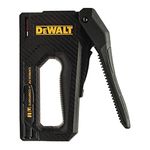
Staple Gun

Nitrile Work Gloves
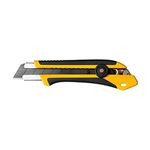
Utility Knife

